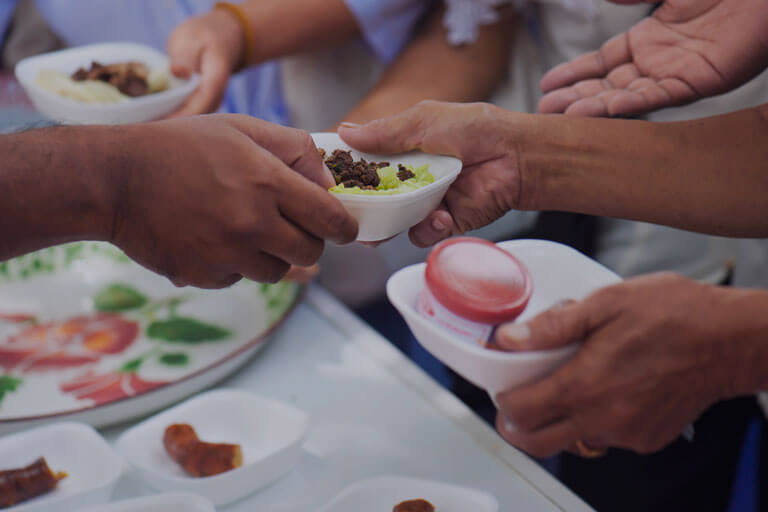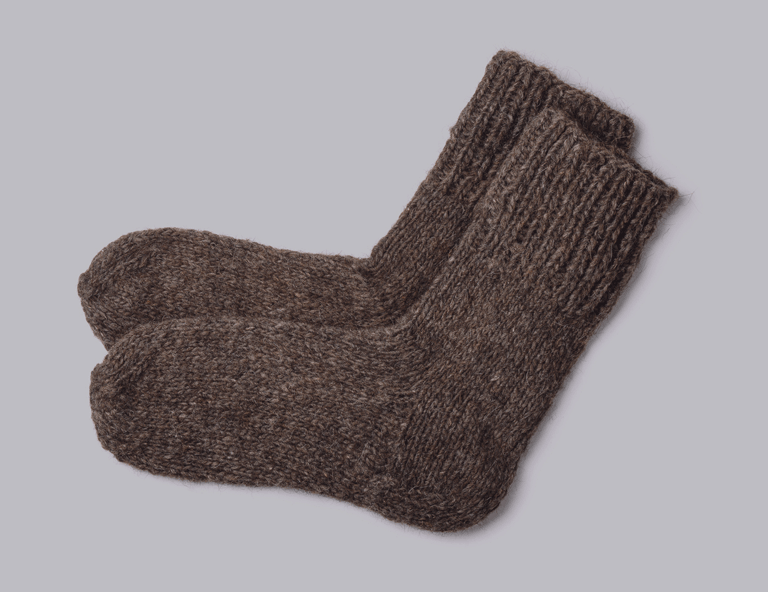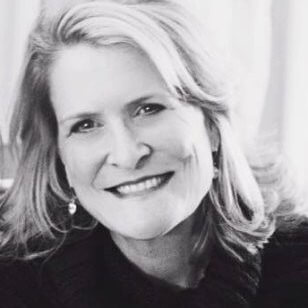Beth Sheehan is a tireless volunteer, nonprofit board member, and of late, employee at the Eugene Mission in the area of public relations and outreach. She holds a bachelor and masters degree in community organizing and health education from the University of Oregon. After a long and successful career in pharmaceutical sales, Beth unleashed her organizational talents on the nonprofit world in the state of Oregon to improve lives in the community around her. She has used PlanHero to organize volunteers. We are delighted to have her share her experience and wisdom with us on the topic of homelessness. And yes, while we know she is just a mere mortal, we consider her a #PlanHero.
From Beth:
On any given night in Eugene, Oregon, 1,600 people are homeless according to recent Point in Time surveys. They also report that half of these people are “chronically” homeless. Experts working with the homeless up and down the West Coast note these numbers are low, citing that homeless people don’t especially like to be “counted.” Each year, it seems more and more people are living in tents in city parks, green spaces, alongside businesses and warehouses, and standing at intersections holding signs asking for help.
As a long-time Eugene resident, I couldn’t help but notice this growing population in our city of +/- 170,000 people. My tender heart wondered What should I do? I attended a Rotary meeting five or so years ago at which the executive director of the city’s Gospel Mission spoke. I left feeling empowered with ideas of how to get involved. Today, I actually work at The Mission in the capacities of “development” and “myth busting.”
The closer I’ve worked with this population, the more I’ve learned about how we can help…and not help…as a community.
Myth #1 “I’m hungry.” Actually, in the city of Eugene, one can consume 7,000 calories daily by availing himself or herself of the food pantries, soup kitchens, and dining rooms which service homeless and at-risk populations.

Myth #2 “I need pocket change.” No! My heart breaks for our chronically homeless, the majority of whom suffer from mental illness, post-traumatic stress disorder (PTSD), trauma, and/or debilitating addiction. If you want to donate money, please donate to your local shelters, soup kitchens, and/or mission.
Street outreach volunteers suggest that if you are compelled to hand something through the window, make that clean dry socks, underwear, hand warmers, granola bars, a garbage bag to keep things dry, and small, wool-blend blankets and tarps.

Myth #3 The Gospel Mission requires guests to attend chapel prior to a meal, shower, and warm bed. Quid pro quo or coercion is never effective and many of these people are desperately vulnerable and mentally ill. They need a safe place to be out of the weather. Most outreach programs have moved away from coercion and/or proselytizing. Talk about triggering a psychotic break!
Myth #4 Housing period. End of homelessness. While sustainable housing is the ideal end game, before housing, what many homeless need is stability, case management, assistance with ID, accessing services, bus passes, and support. If you put a mentally ill, marginalized addict into a home, shut the door and walk away–s/he will fail. Sadly, we’ve seen this over and over again. We need to provide opportunities to get stable, get sober, get connected to services, and get into housing that provides on-going supportive case management.
Each homeless guest at the Missions up and down our coast come with a complex life story frequently including multiple traumas, records of incarceration, generational poverty, multiple evictions, mental health issues, neuro-developmental disorders, alcoholism, meth, opioids, or heroin. Homelessness really is not just a crisis of housing, it a public health crisis and we all need to circle the wagons and get involved with our time, talent, or treasure. —Beth Sheehan

